UX & Site Speed Basics: Why They Decide Your Conversions
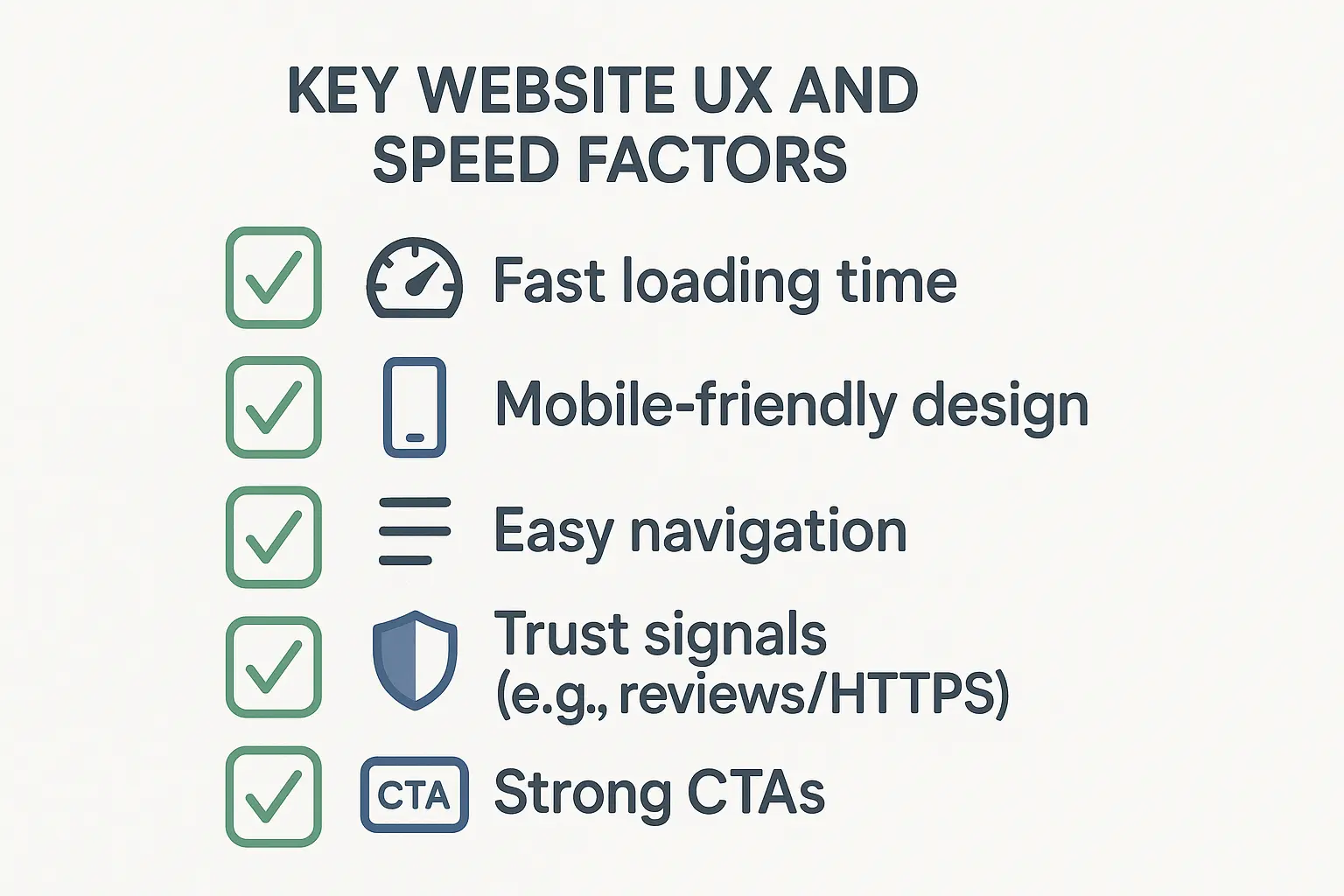
Have you ever clicked on a website and left within seconds because it was too slow or messy to use? You’re not alone. In the digital world, users expect fast, smooth, and trustworthy experiences. Even if your product is excellent, poor UX (user experience) or slow speed can kill sales before they begin. The good news? Fixing speed, mobile usability, navigation, and trust signals is not rocket science. This guide gives you a 1-page checklist and tools to test your website today — so you can boost conversions without guessing.
Why Speed and UX Matter for Conversions
- Speed = money → A 1-second delay can reduce conversions by 7%.
- Mobile-first → 70%+ of traffic is mobile. If your site isn’t mobile-friendly, you lose customers.
- Navigation = trust → Users stay longer when they can find things easily.
- Trust signals → Reviews, secure checkout, and clear policies turn visitors into buyers.
👉 Remember: Online, users don’t wait. They just click away.
1-Page UX & Speed Checklist
1. Site Speed
- Load time under 3 seconds.
- Images compressed (use WebP format).
- Minimise CSS/JS files.
- Use caching/CDN for faster delivery.
2. Mobile Experience
- Responsive design (works on all screen sizes).
- Large, tappable buttons.
- Easy-to-read fonts.
- No pop-ups covering the whole screen.
3. Navigation & Layout
- Clear menu with 3–5 main options.
- Search bar visible on top.
- Breadcrumbs for easy backtracking.
- Simple, uncluttered design.
4. Trust Signals
- HTTPS (secure website).
- Visible customer reviews/testimonials.
- Refund/return policy page.
- Social proof (logos, press mentions, user count).
5. Conversion Boosters
- Strong CTAs above the fold (“Buy Now,” “Start Free Trial”).
- Fast checkout (minimal steps).
- Guest checkout option.
- Mobile payment methods (UPI, PayPal, etc.).
Free Tools to Test Speed & UX
These tools are free and beginner-friendly:
- Google PageSpeed Insights → Check speed & performance scores.
- GTMetrix → Detailed speed breakdown with suggestions.
- Pingdom → Monitor uptime and page speed.
- Lighthouse (Chrome DevTools) → Audit for performance, accessibility, SEO.
- WebPageTest → Advanced speed and load time testing.
- BrowserStack → Test how your site looks on different devices.
Pro Tip: Run your site through at least 2 tools to get balanced insights.
How to Improve Quickly (Without Tech Headache)
- Compress images using free tools like TinyPNG.
- Install a caching plugin (for WordPress: W3 Total Cache, WP Rocket).
- Use a lightweight theme → Avoid heavy designs.
- Switch to better hosting if your server is slow.
- Simplify navigation → Think “less is more.”
These fixes don’t require coding but deliver massive results.
Conclusion
User experience and site speed are silent deal-makers. A beautiful website that loads slowly or confuses visitors won’t convert. By checking your speed, fixing mobile usability, streamlining navigation, and adding trust signals, you create a website people enjoy using — and one that sells. The best part? Most fixes are quick and cost little compared to the sales they bring.
Test your page speed today using Google PageSpeed Insights or GTMetrix. Share your score with us — let’s see where you stand! #UXMatters
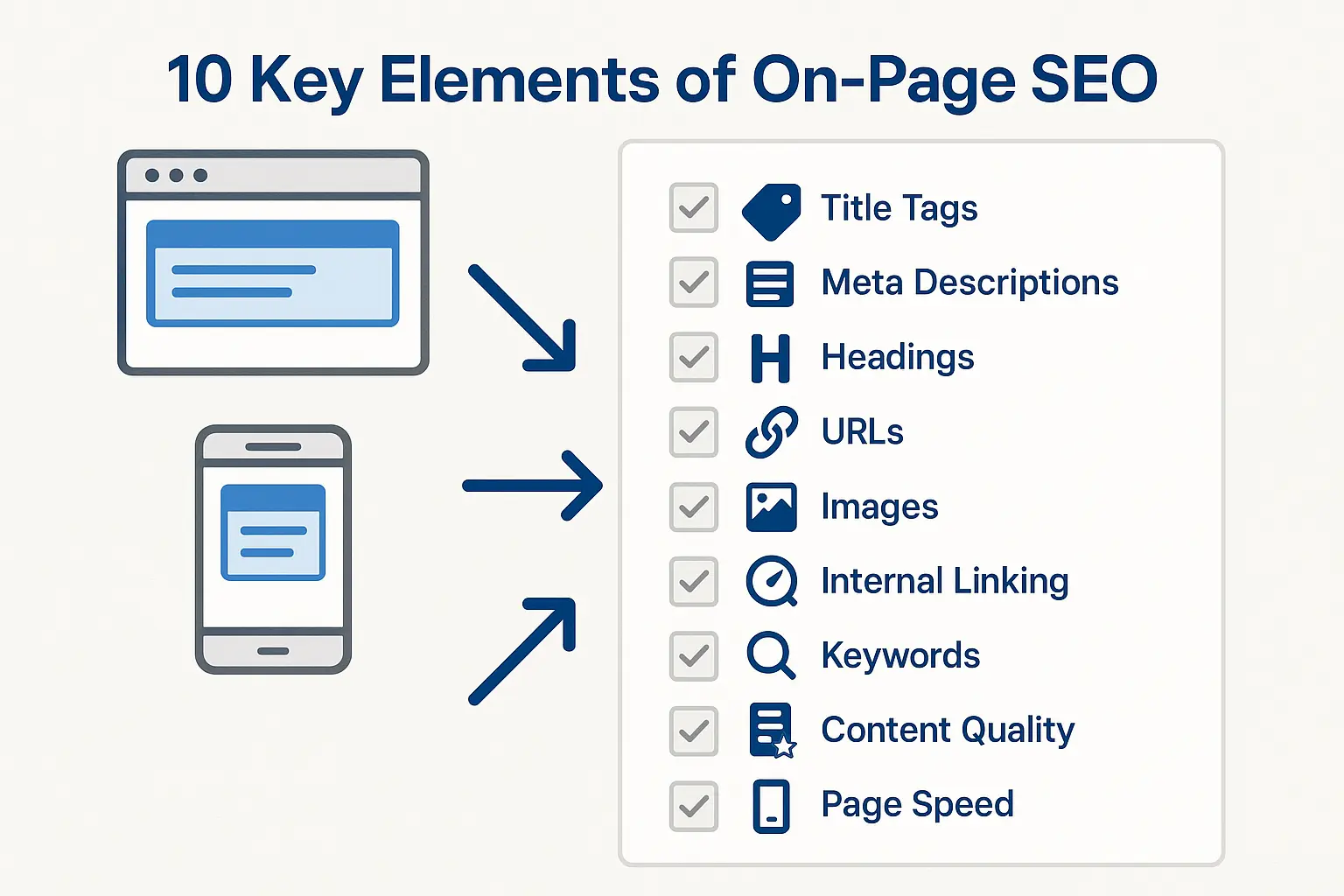
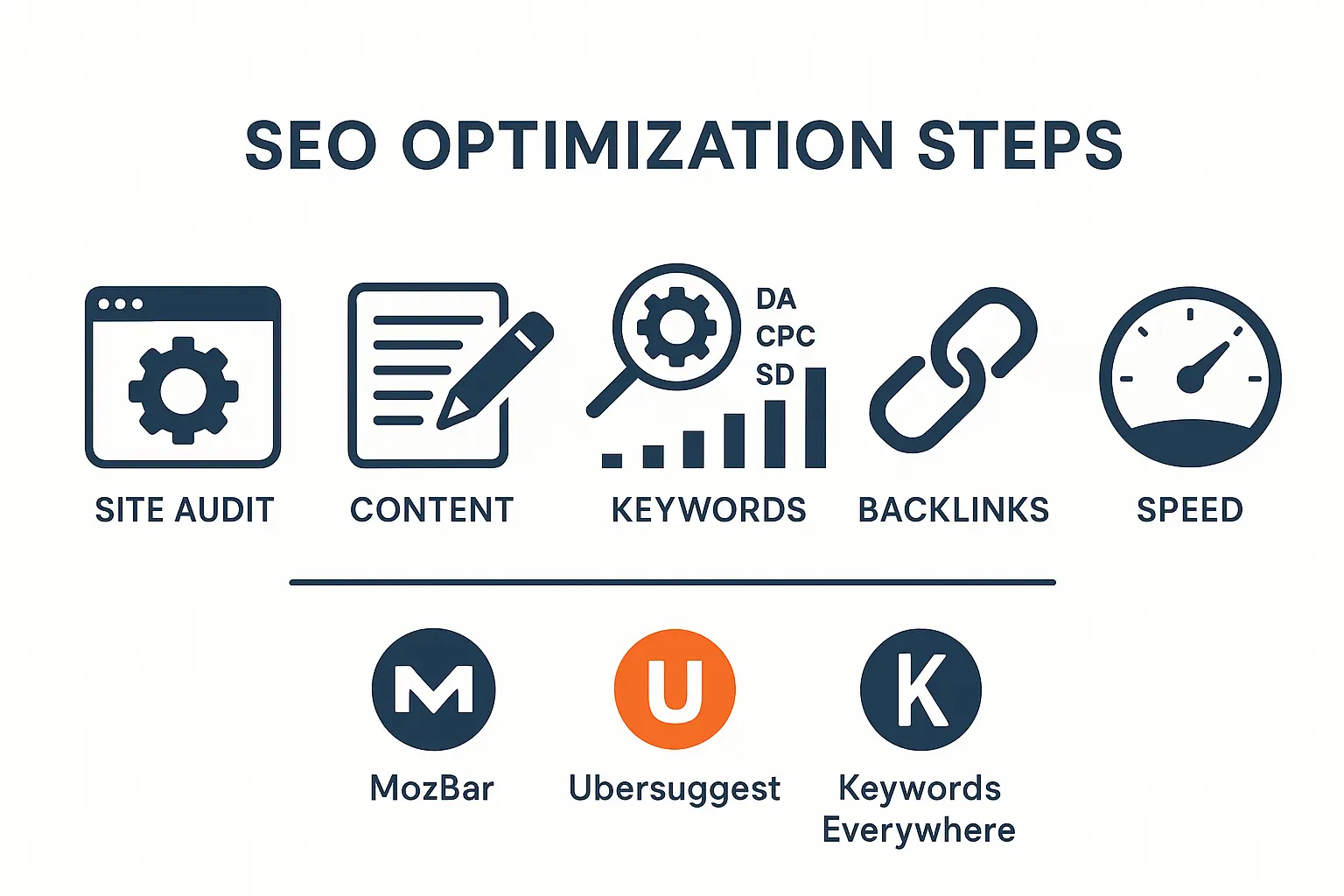
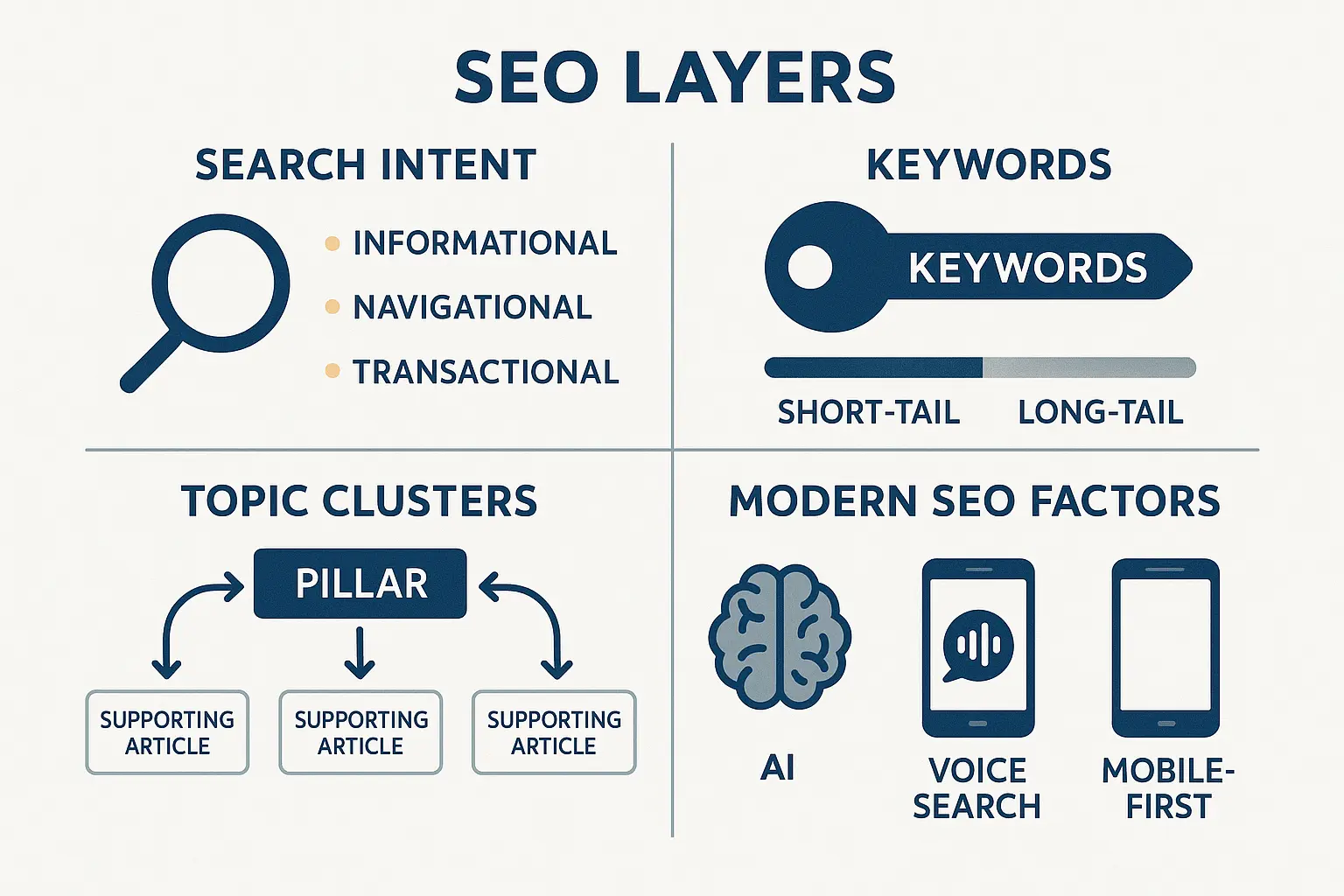
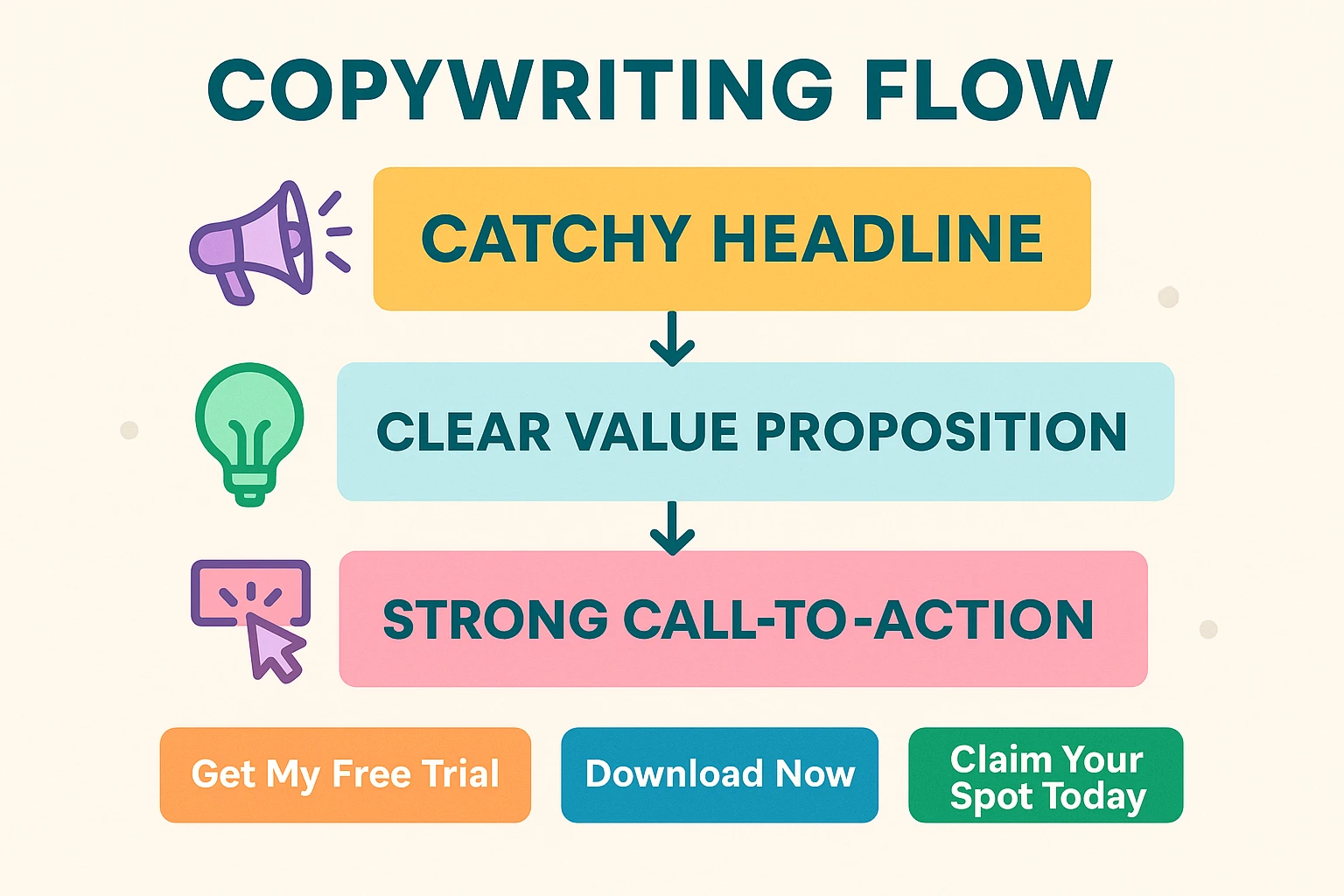
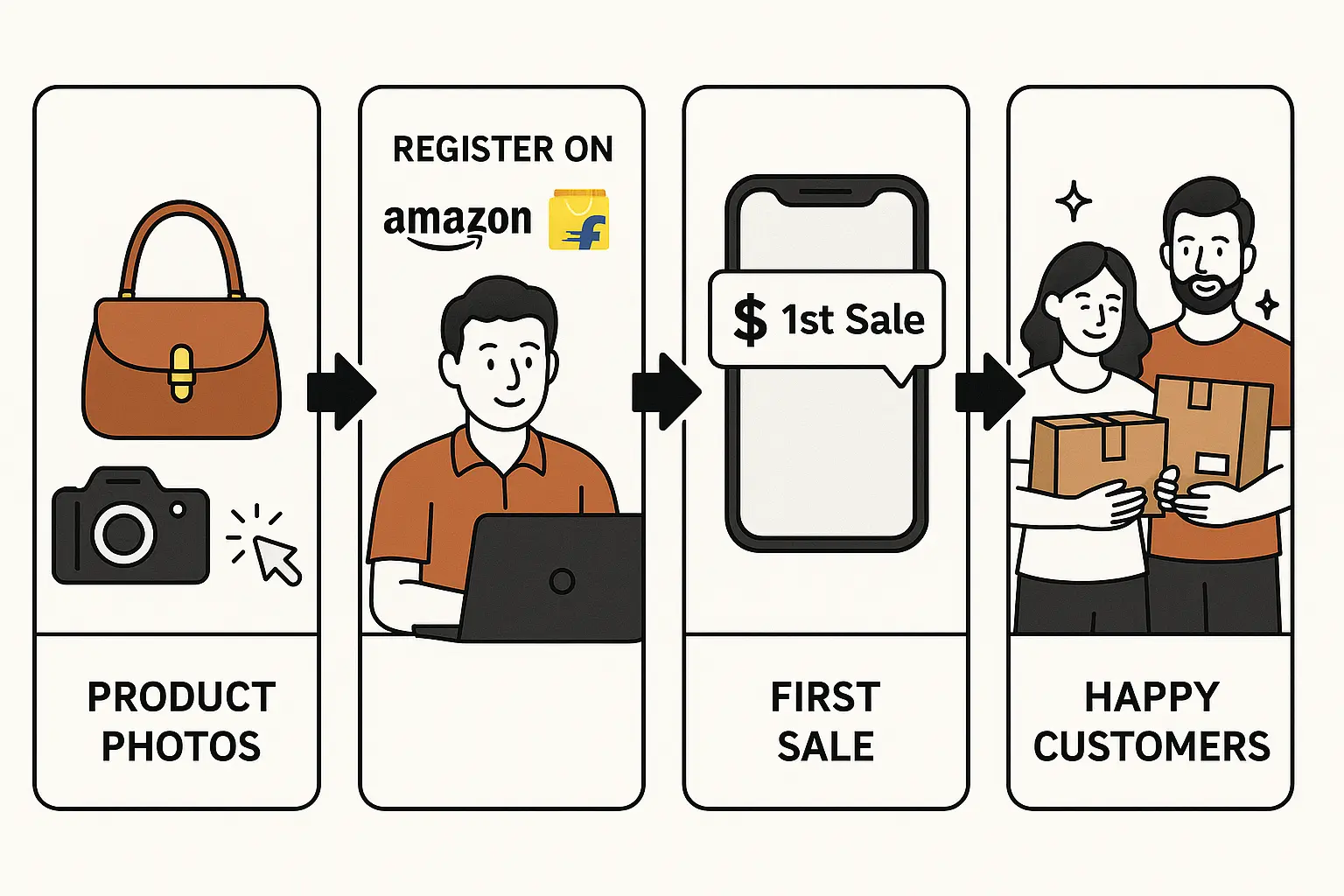
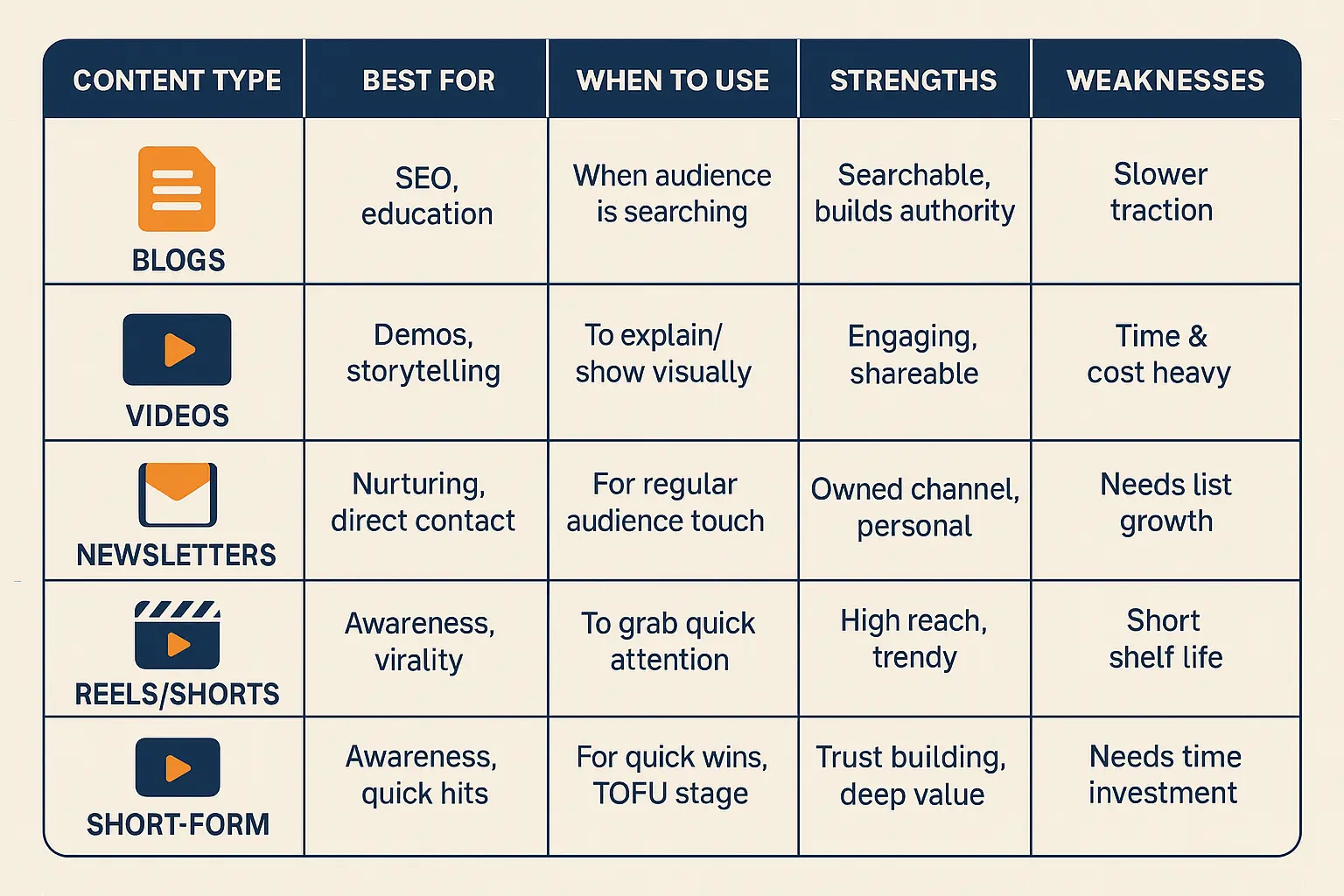


No comments yet. Be the first to comment!